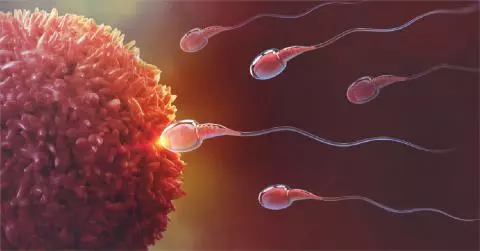Short luteal phase : Causes & Treatment

The Luteal phase refers to the second half of a menstrual cycle. This begins after ovulation and ends with the onset of a menstrual period. Ideally, the luteal phase lasts for about 2 weeks during which time the lining of the uterus is thickened and the body prepares for pregnancy. The luteal phase is an important one in reproduction. However, some women have luteal phase defects or a short luteal phase.
What is a Short Luteal Phase?
If the luteal phase lasts for less than 10 days, it is termed as a short luteal phase. In such cases, the body does not secrete enough progesterone. This keeps the uterine lining from developing properly and in turn, makes it harder for a fertilized egg to be implanted in the uterus. A short luteal phase is a common cause of infertility. It can also cause an early miscarriage.
A lack of progesterone may also make the body shed its uterine lining earlier than normal and thus cause an early period.
Causes of a Short Luteal Phase
Some of the common causes of luteal phase defects include:
- Endometriosis
- Polycystic Ovarian Syndrome
- Stress
- Obesity
- Excessive exercise
- Excessive secretion of the hormone responsible for lactation
- Hypothyroidism or Hyperthyroidism
- Anorexia
- Ageing
Treatment of Luteal Phase Defects
Treatment for a short luteal phase depends largely on the factors triggering it. In the case of triggers like obesity or excessive exercising, lifestyle changes and diet regulation may be enough to correct the condition. Similarly, if stress is causing the condition, meditation may help.
In other cases, chorionic gonadotropin supplements may be prescribed to increase the production of progesterone and improve fertility. It is important to remember that there is no single treatment that is effective for all women.
 Infertility Counselling
Infertility Counselling Female Infertility Treatment
Female Infertility Treatment Andrology Treatment
Andrology Treatment Fertility Enhancing Surgeries - Female
Fertility Enhancing Surgeries - Female Fertility Enhancing Surgeries - Male
Fertility Enhancing Surgeries - Male Endoscopy Treatment
Endoscopy Treatment IUI Treatment
IUI Treatment IVF Treatment
IVF Treatment ICSI Treatment
ICSI Treatment Advanced IVF Solutions
Advanced IVF Solutions Embryology
Embryology Vitrification Egg, Embryo, Sperm Freezing
Vitrification Egg, Embryo, Sperm Freezing Preimplantation Genetic Testing (PGT)
Preimplantation Genetic Testing (PGT) Donation Program Embryo / Egg / Sperm
Donation Program Embryo / Egg / Sperm Self-cycleTM IVF
Self-cycleTM IVF

 Self-cycleTM IVF
Self-cycleTM IVF









